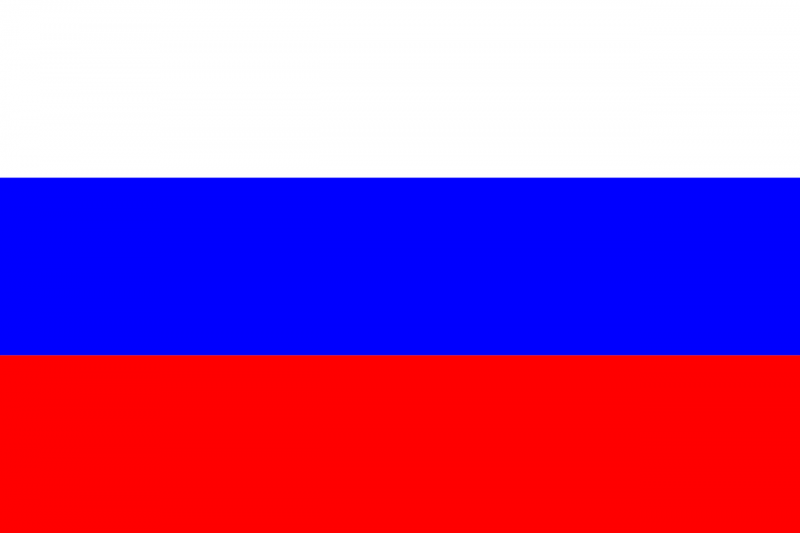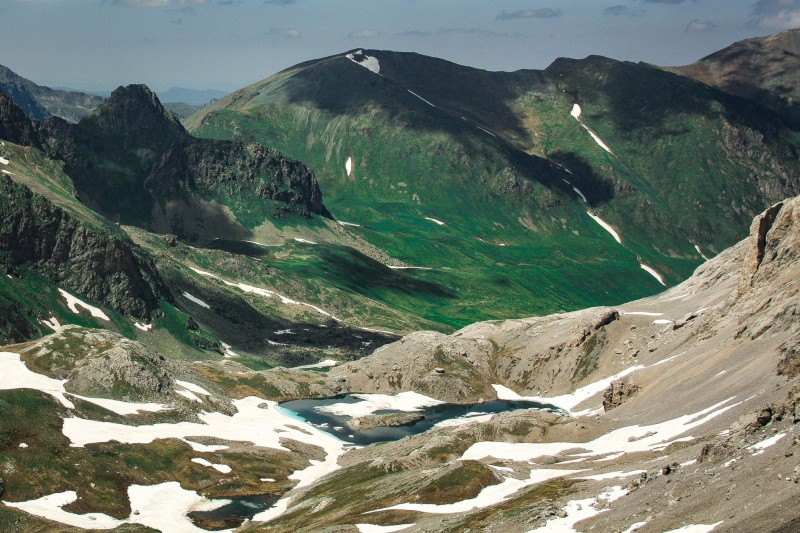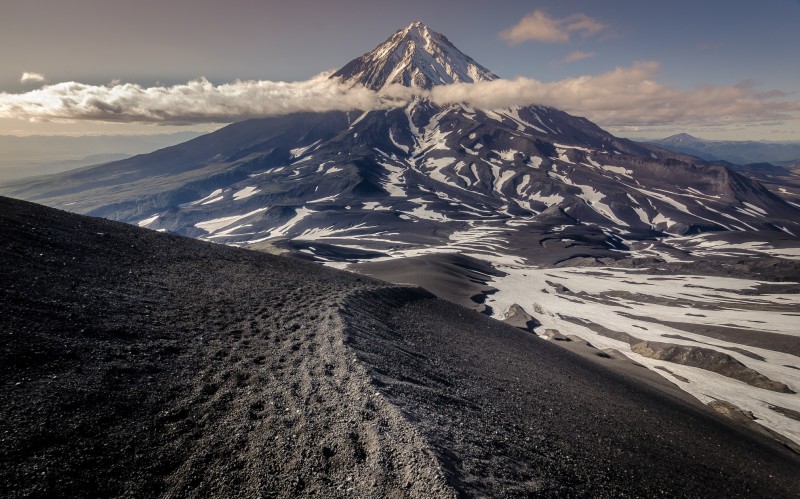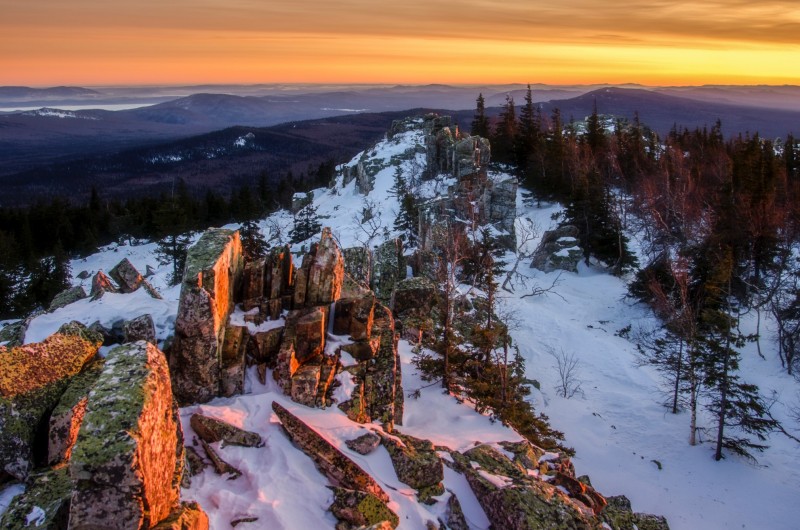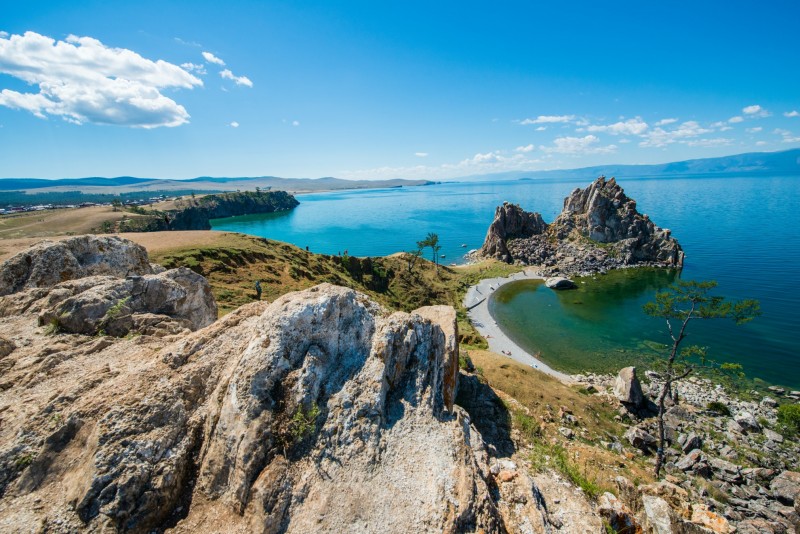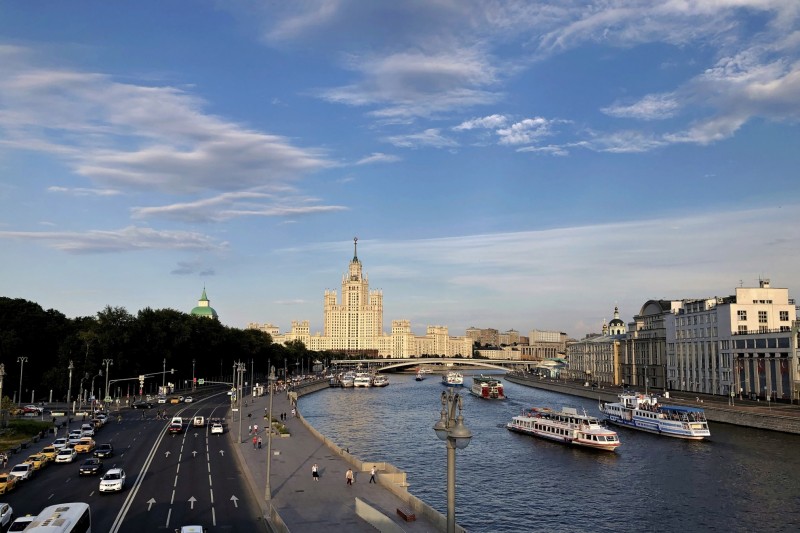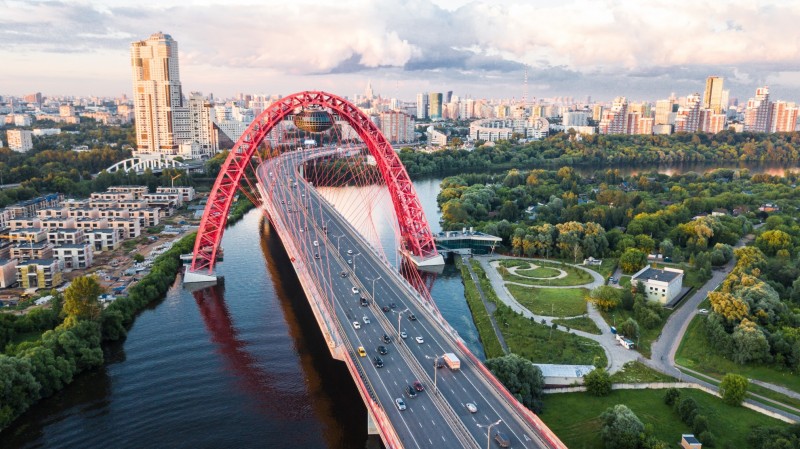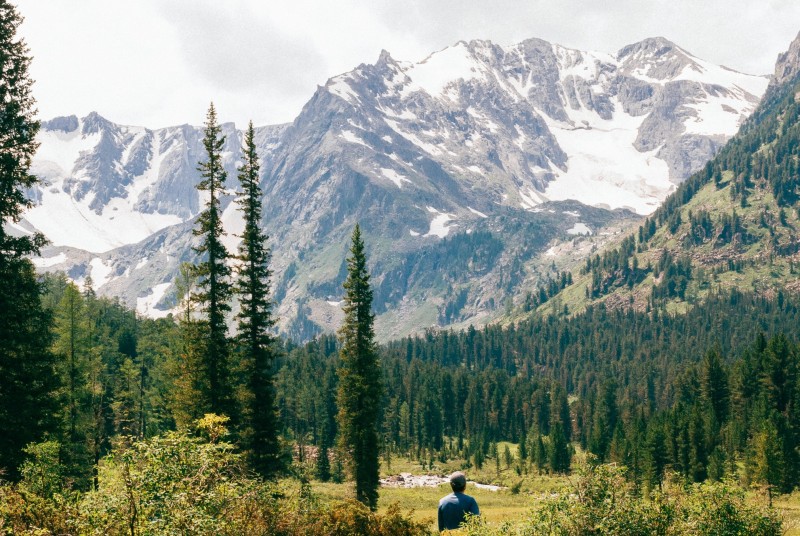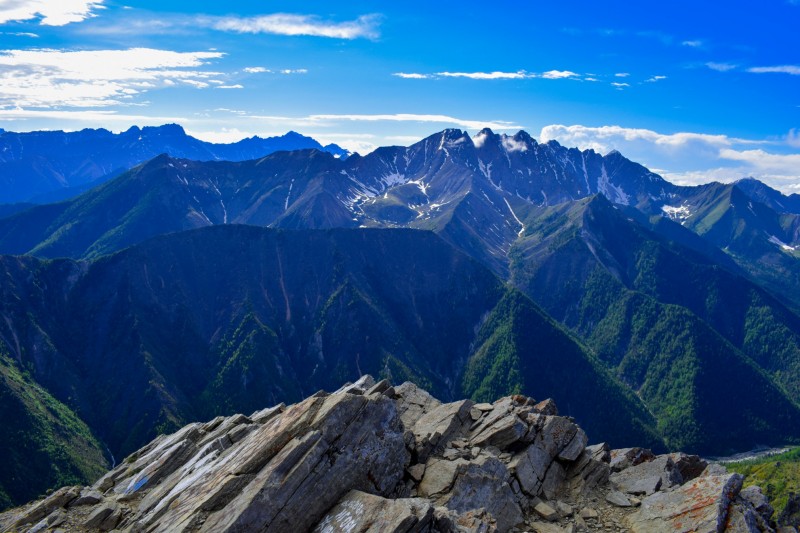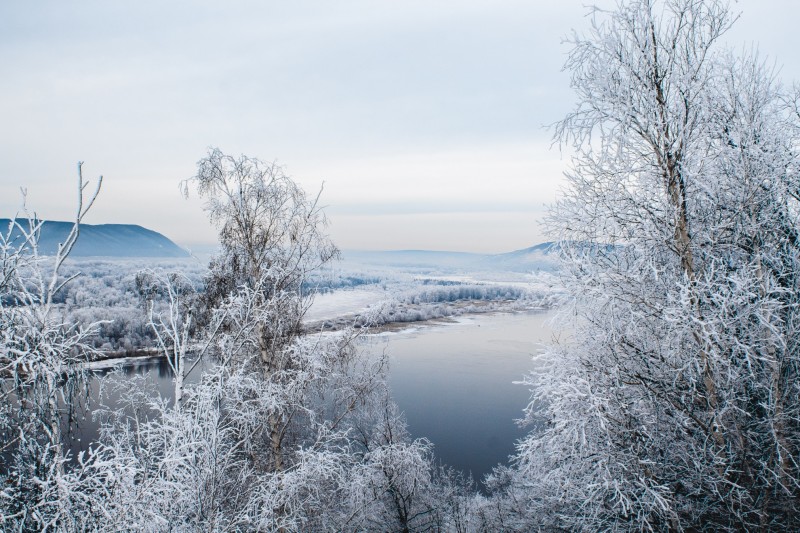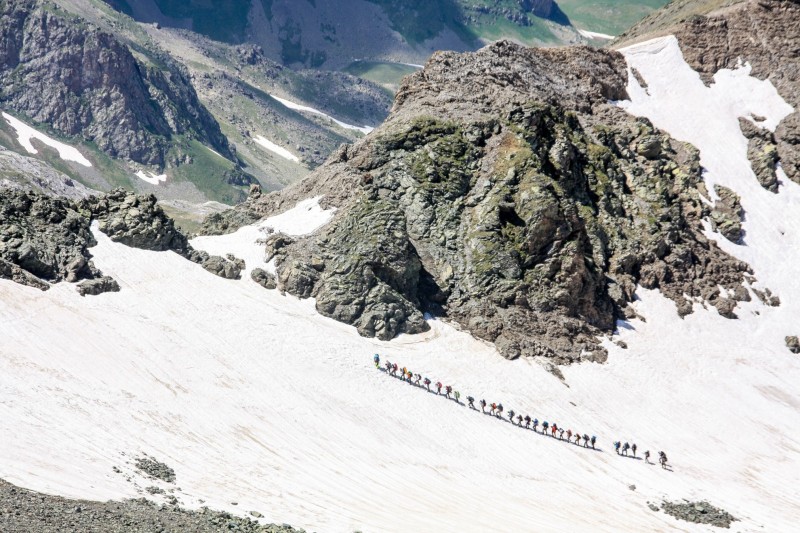Russia
Capital city description
Moscow is the enormous capital of Russia, with over 12 million inhabitants. Since the 12th century, Moscow has played a vital role in global political, cultural, and scientific events and is home to world-famous museums, galleries, churches, and boulevards.
Moscow holds a top spot in the world's most expensive cities. The Russian capital is an international business center. Today, visitors to Moscow can view architecture from 1533 to 1584, the reign of the first czar of Russia, Ivan the Terrible. One such building is the iconic St. Basil's Cathedral, on Red Square and near the Kremlin in central Moscow.
Climate
The climate of Russia is characterized by long, humid cold winters and short summers. The summer seasons are warm and shorter within the Artics. However, as you get to the south and central parts, it becomes even hotter, making these parts ideal for agricultural production. Even the winters are not extremely cold as the average temperatures exceed -15°C.
- Spring: March through May
- Summer: June through August
- Autumn: September through November
- Winter: Deceember through February
Languages spoken
The official language of Russia is Russian, the most geographically widespread language of Eurasia and the most widely spoken of the Slavic languages.
Fun/Fascinating Facts
- Russia is the largest country in the world – and is approximately 1.8 times the size of the US. The total area of Russia is 17,125,191 km2 (6,612,073 sq mi).
- Moscow is a home for more billionaires per capita than anywhere else in the world. According to Forbes, Russia’s capital boasts more billionaire residents than any other city in the world.
- There are so many traditional folk dances in Russia, and even though they were more important, the Russian dances are still a big part of Russian culture and traditions.
- The Guinness Book of World Records recognizes the Trans-Siberian Railway as the longest single railway globally; it crosses eight time zones, goes through 87 cities and towns, and crosses 16 rivers.
- Russia has amazingly 12 active volcanoes. The Klyuchevskaya Sopka volcano in Kamchatka Territory has had 50 major eruptions in the last 270 years.
Unique Customs/Traditions
- It is essential to bring a small gift if you are invited to a Russian home for a meal. Male guests are usually expected to bring flowers. Don’t bring yellow flowers, as some Russians see them implying separation or betrayal.
- Do not give a baby a gift until after the baby is born. It’s bad luck to do so sooner.
- If you are invited to a Russian’s house, it is essential to arrive on time or no more than 15 minutes later than invited. Take off your shoes. You may be given slippers to wear. The oldest or most honored guest is served first. Do not begin eating until the host invites you to start – Do not rest your elbows on the table.
- In Russia, it’s bad luck to leave empty alcohol bottles on the table in bars, restaurants, and in the house. An ancient superstition holds that an empty bottle on the table indicates imminent poverty or future suffering. Some say that evil spirits will take up residence in the bottle.
- One of the most well-known traditional Russian foods that may seem strange to an outsider is borshch, also spelled borscht. It is a beet soup full of vegetables and meat and is typically served with a dollop of sour cream, a staple of many Russian dishes.
- Traditional Russian weddings are infamous for enormous, loud, raucous events. Not only does a Russian wedding involve lavish amounts of drinking, enough food to feed to several former states of the USSR, and almost non-stop singing and dancing, but the average Russian wedding reception also lasts for two days minimum. Sometimes the party keeps going for an entire week.
Popular universities
| Name | Description | |
|---|---|---|
| Moscow University | One of the oldest Russian institutions of higher education, Moscow University, was established in 1755. In 1940, it was named after Academician Mikhail Lomonosov (1711-1765), an outstanding Russian scientist who greatly contributed to the establishment of the university in Moscow. Moscow State University (MSU) offers courses and programs leading to officially recognized higher education degrees such as bachelor's degrees, master's degrees, doctorate degrees in several areas of study. | |
| National Research University Higher School of Economics | National Research University Higher School of Economics is a non-profit public higher education institution located in the urban setting of the large metropolis of Moscow. This institution also has branch campuses in the following locations: Saint Petersburg, Nizhny Novgorod, Perm. Founded in 1992 and Officially recognized by the Ministry of Science and Higher Education of the Russian Federation, the National Research University Higher School of Economics (HSE) is a very large coeducational Russian higher education institution. National Research University Higher School of Economics (HSE) offers courses and programs leading to officially recognized higher education degrees such as bachelor's degrees, master's degrees, doctorate degrees in several areas of study. | |
| St Petersburg University | St Petersburg University (SPbU) is the first institution of higher education in Russia, established in 1724. Today, St Petersburg University is one of the leading international centers of education, science, and culture. As a dynamic institution, it designs multidisciplinary educational programs that combine fundamental theoretical problems with real-world, practical application. St. Petersburg State University (SPSU) offers courses and programs leading to officially recognized higher education degrees such as bachelor's degrees in several areas of study. | |
| Russian Presidential Academy of National Economy and Public Administration (RANEPA) | The Russian Presidential Academy of National Economy and Public Administration (RANEPA) is the largest university in Russia, established in 1977. Russian Presidential Academy of National Economy and Public Administration is a non-profit public higher education institution located in the urban setting of the large metropolis of Moscow. The Academy is represented in 47 regions: from Kaliningrad to Vladivostok. Russian Presidential Academy of National Economy and Public Administration (RANEPA) offers courses and programs leading to officially recognized higher education degrees such as bachelor's degrees, master's degrees, doctorate degrees in several areas of study. | |
| Kazan Federal University | Kazan Federal University is one of the best government universities in Russia, established in 1804 and received federal status in 2010, located in Kazan, Russia. The University's main campus is in downtown Kazan, consisting of 16 institutes, three higher schools, and two faculties, and is just10 minutes away from Kazan Kremlin. The University has two branches one is situated at Naberezhnye, and the other is located at Yelabuga. The University offers a variety of undergraduate and postgraduate programs, and every year more than 50,000 students register themselves in different courses from across the world. The University also has an exemplary arrangement of stay for students who come from outside of Kazan. It has a separate dormitory campus built in Universaide village, accommodating about 12000 students with all facilities like laundry, beauty salon, sports equipment, medical center, cafeteria, and drug store. | |
| Ural Federal University | Ural Federal University (UrFU) is one of the largest and leading higher educational institutions in Russia, bringing together fundamental education and innovative approach towards the challenges of modern times. Ural Federal University is a world-class university in the heart of Eurasia committed to the complex and sustainable development of research and teaching. Ural Federal University (UrFU) offers courses and programs leading to officially recognized higher education degrees such as bachelor's degrees, master's degrees, doctorate degrees in several areas of study. | |
| Tomsk State University | Tomsk State University (TSU) is the largest classical university in the Asian part of Russia and the acknowledged center of science, education, and innovation. The decree of Emperor Alexander II founded it as Imperial Tomsk University on the 28th of May, 1878. Tomsk State University (TSU) offers courses and programs leading to officially recognized higher education degrees such as pre-bachelor degrees (i.e., certificates, diplomas, associate or foundation), bachelor's degrees, master's degrees, doctorate degrees in several areas of study. | |
| Novosibirsk State University | Novosibirsk State University is located in Akademgorodok, a unique environment with a high concentration of science, education, and knowledge-based business. Established in 1959, Novosibirsk University today includes a boarding high school (Physics and Mathematics School), a Higher College of Informatics, 9 Departments, a Postgraduate Study Department, a School of Professional Retraining and Vocational Education, and a Research Department. | |
| ITMO University | Established in 1900, ITMO University is St. Petersburg's best university and one of the top universities in the world. ITMO University (ITMO) offers courses and programs leading to officially recognized higher education degrees such as bachelor's degrees, master's degrees, doctorate degrees in several areas of study. | |
| RUDN University | Founded in 1960, RUDN University is a non-profit public higher education institution located in the urban setting of the large metropolis of Moscow. RUDN University integrates education, research, creative self-realization, career opportunities for 28,000 students from 155 countries worldwide. RUDN has come out as an international and multi-profile university. RUDN University offers courses and programs leading to officially recognized higher education degrees such as bachelor's degrees, master's degrees, doctorate degrees in several areas of study. | |
Festivals & Events
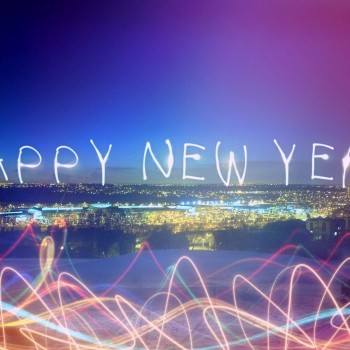
New Year
Date: December 31st and January 1st
New Year is one of the most prestigious festivals in Russia, as it is celebrated respectively throughout the nation. During this time, you will feel the festive mood at every inch of the place with parties, feasts, and open-air festivals in various parks where you can sing and dance as you like it.
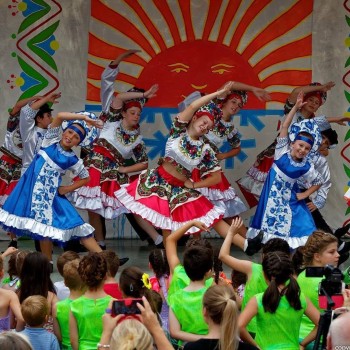
Maslenitsa festival
Date: Late February or at the beginning of March
Maslenitsa festival, also called pancake festival, celebrates the farewell of winter and the dawn of spring. They combine the pagan tradition of celebrating the transition from winter to spring with the Christian tradition of feasting before Lent. It marks the last few days consuming milk and eggs. That is why all refer to friendship cakes during the week. Each day there are different activities: making Maslenitsa dolls from straw and old clothes, making and eating lots of pancakes (blinis), sledding, playing on seesaws, singing, fistfights, visiting the in-laws, exchanging gifts, feasting, and drinking tea or vodka. The Maslenitsa dolls burn on the final day, and people jump over bonfires.
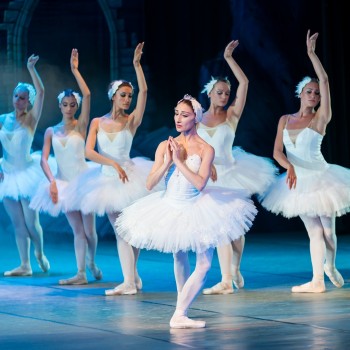
Golden Mask Theater Festival
Date: March and April
The Golden Mask Theater Festival is an all-Russian theater festival and competition. It covers all genres, from drama to modern dance and puppet theater. This festival appears like a worship of the ancient art of acting. You will see various performances, operas, and ballads in many places during the event.
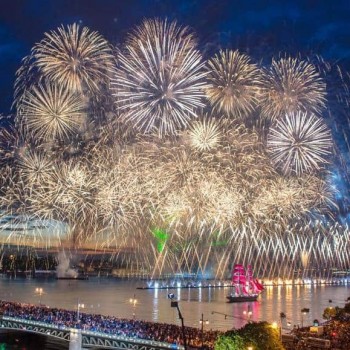
St Petersburg White Nights Festival
Date: May and August.
The annual White Nights Festival, an arts festival with music and dance by Russian and international stars. The Mariinsky Theatre has a program of more than 175 operas, ballets, and classical concerts. There are carnivals, the best being in the suburb of Peterhof where actors dress up in historical costumes from the time of Peter the Great and re-enact historical events.
You will get to see world-class Russian performers giving their best performances in various theatres during the festival. Also in every corner of the performers who spend the night entertaining the passer-by. White Nights festival is celebrated to make music art and dance a part of their culture.
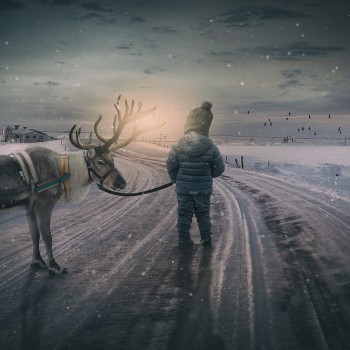
Reindeer Herder's Festival
Date: Last weekend of March
Reindeer Herder's Festival is one of Russia's most famous winter festivals. Each year, this takes place on the frozen river Ob by Salekhard, usually on the last weekend in March. Hundreds of Nenets travel from the surrounding taiga forest and tundra to compete in reindeer sled races and traditional activities such as reindeer lassoing.
It is a festival enjoyed by students from outside of the country. It is an endeavor to save the unique occupation of herding the Reindeer. You can see many races and ski with the Reindeer's help during the occasion. You can also join the small activities going on to cheer up people.
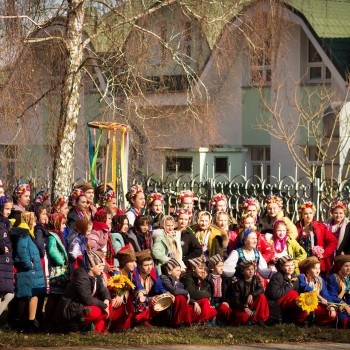
Wild Mint Folk Festival
Date: June
Wild Mint Folk Festival is a large, open-air world folk music festival in the Ethnomir complex in Moscow every summer. Over several days, Russian and international musicians present a variety of folk-based genres afrobeat, ethno-jazz, raga, and Russian folk. There are food stalls, markets, and body and soul workshops.
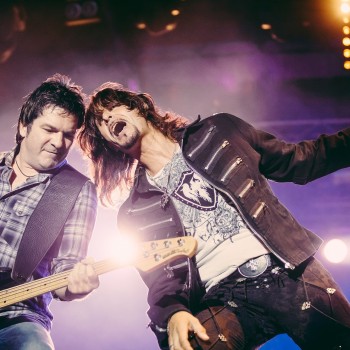
Afisha Picnic Festival
Date: August
Afisha Picnic Festival is a one-day outdoor music festival in Moscow held every summer. It takes place on the territory of Kolomenskoye, a former tsar’s estate, now a state-owned historical, architectural, and nature reserve museum.
Every year, more than 50,000 attendees gather for a mix of outstanding music performances and leisure. The event features designers market and gastronomic area, special lectures and workshops, cinema and crafts, a full spectrum of amusements and sports, and showcase the latest entertainment technologies, and a lot more.
Attractions / Top Sights
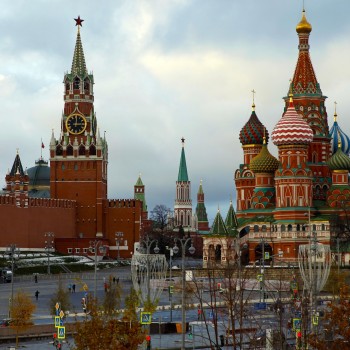
Saint Basil's Cathedral Saint
When to visit: June to August
Saint Basil's Cathedral Saint is one of the famous churches and has been among the top tourist attractions in Russia. Built between 1554 and 1561 and located in the heart of Moscow. The Cathedral is a military memorial that appeared in honor of the victory over the Kazan Khanate.
The building's interior artifacts attract visitors and its Cathedral's distinctive architecture. The walls and vaults of the temple are covered with frescoes and oil paintings with plant ornament and images of saints.
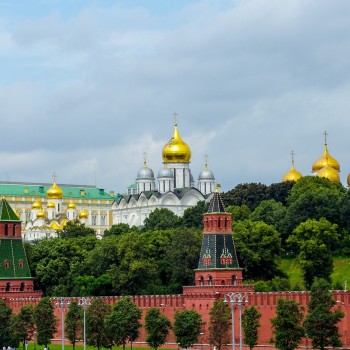
Kremlin, Moscow
When to visit: April to September
When to visit: https://whc.unesco.org/en/list/545
The Kremlin in Moscow is home to the nation's top governmental offices; the walled enclosure also houses four cathedrals built in the 15th and 16th centuries and several notable museums. It was the Great Prince's residence and a religious center.
The 250-acre grounds include the Armoury, filled with royal treasures of the past, and the Diamond Fund Exhibition, a jewelry collection consisting of a 190-carat diamond given to Catherine the Great.
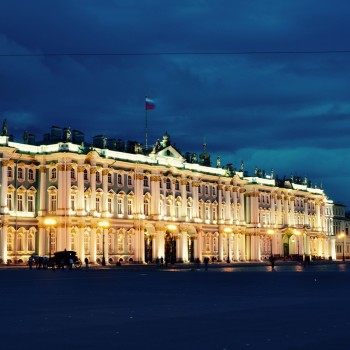
Hermitage Museum
When to visit: October to April ( Wednesday or Thursday )
Established in 1764 by Catherine the Great, the Hermitage Museum in Saint Petersburg, Russia, is the most famous in Russia and the second-largest museum globally.
It is a vast museum of art and culture showing the highlights of a collection of over 3 million items spanning the globe. The collections occupy a large complex of six historic buildings, including the Winter Palace, a former residence of Russian emperors.
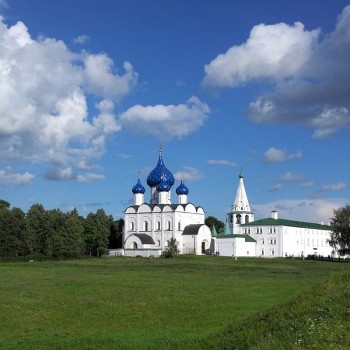
Suzdal Kremlin
When to visit: April to September
Situated in the oldest part of Suzdal, Suzdal Kremlin is an impressive architectural complex enclosed by well-preserved 11th-century earthen walls. The heart of the Kremlin is the Nativity of the Virgin Cathedral, which is positioned right in the center of the ensemble.
The cathedral is assumed to be the oldest preserved structure in Suzdal, built-in 1222-1225 at an earlier erected church.
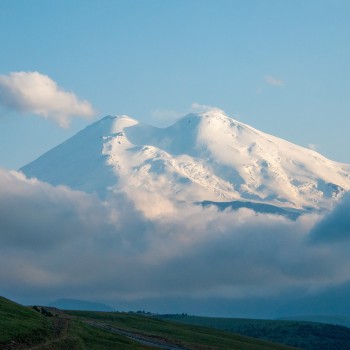
Mount Elbrus
When to visit: May to September
When to visit: https://www.worldatlas.com/mountains/mount-elbrus.html
Mount Elbrus is the highest mountain of Russia and entire Europe. Mount Elbrus is an inactive volcano considered the 5th most prominent peak among the Seven Summits of the World after Mount Everest, Mount Aconcagua, Mount Denali, and Mount Kilimanjaro.
Mount Elbrus has two summits, and each of these has inactive volcanic domes. The taller west summit is 5,642 meters high, while the height of the east summit is 5,621 meters.
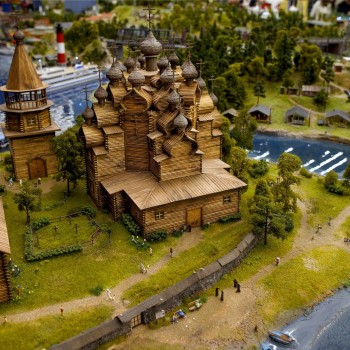
Kizhi Island
When to visit: May to December
Kizhi Island is located in Karelia, a region in Northwestern Russia that borders Finland and the White Sea; it is famous for its unimaginable open-air museum. The museum’s collection features the 120-foot high Church of the Transfiguration of Our Savior, a structure made famous by its 22 domes.
Some tourist attractions include dozens of wooden houses, windmills, chapels, and barns. The peasant culture is represented with craft demonstrations and folk ensembles.

Saint Sophia Cathedral
When to visit: June to August
Saint Sophia Cathedral is situated within the Kremlin, located in Novgorod. Standing 125 feet high and beautified with five magnificent domes, the cathedral is the oldest church building in Russia. Vladimir of Novgorod built this 38-meter-high, five-domed, stone cathedral between 1045 and 1050 to substitute an oaken cathedral erected by Bishop Joachim the Korsunian in the late 10th century.
Saint Sophia Cathedral features an array of ancient religious artifacts, including The Mother of God of the Sign, an icon that legend says saved Novgorod from attack in 1169. The cathedral’s three famous ornately carved gates also date to the 12th century.
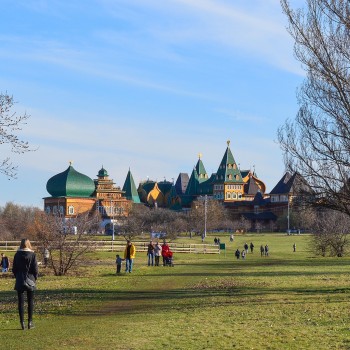
Kolomenskoye Park
When to visit: May to October
Kolomenskoye is a former royal estate situated in the southeast of the city center of Moscow. The 390-hectare picturesque area enjoys the views of the steep banks of the Moskva River. The park is one of the most famous and beloved parks in Moscow. Its awe-inspiring buildings are so steeped in history that not even the Kremlin itself can quite so well evoke the Russia of old.















